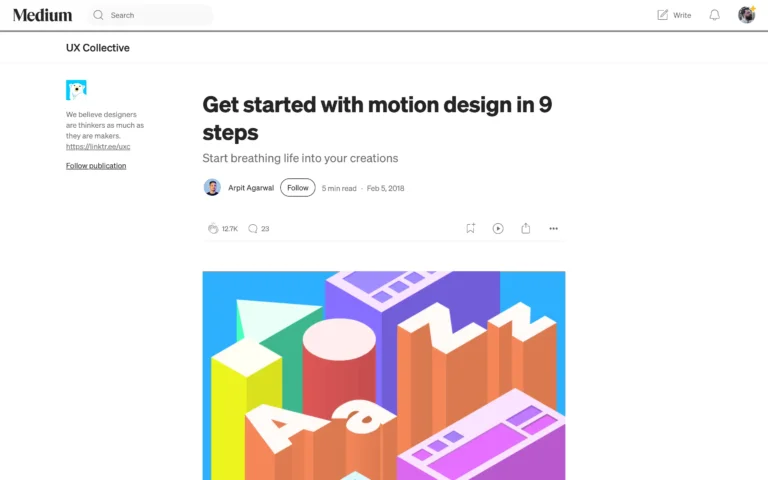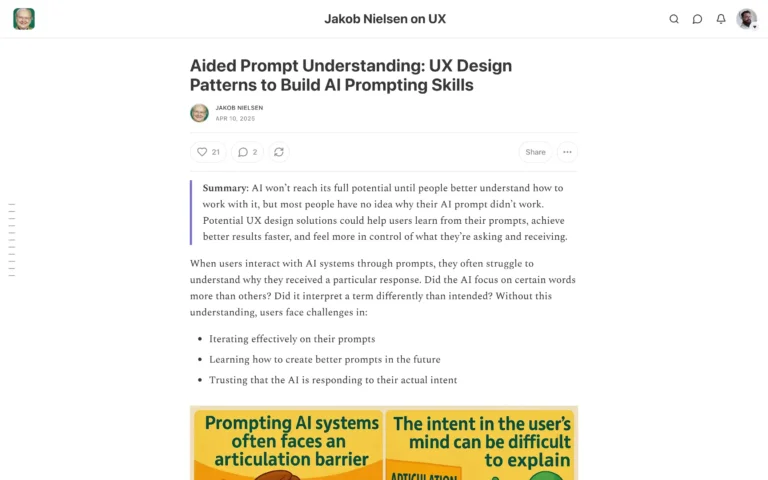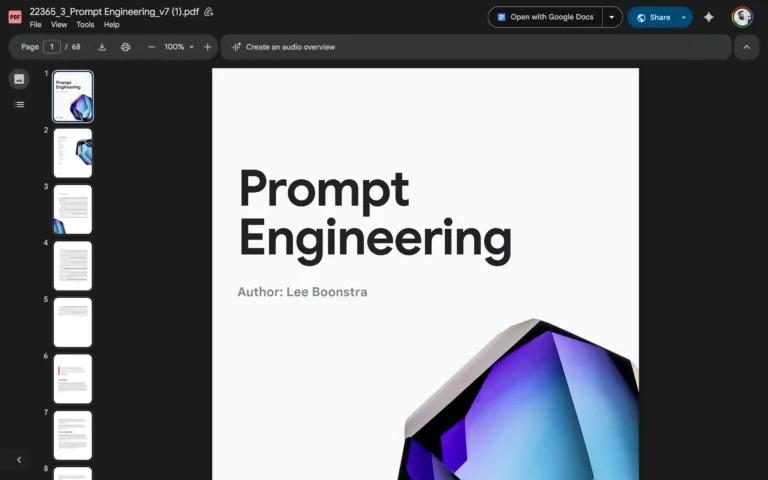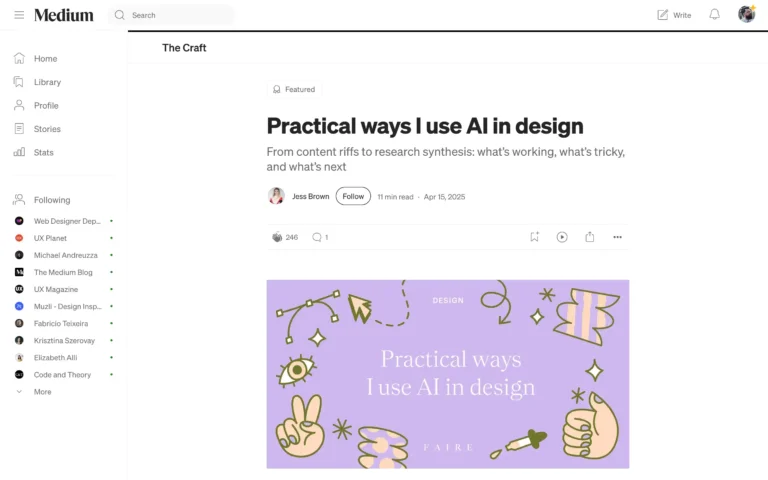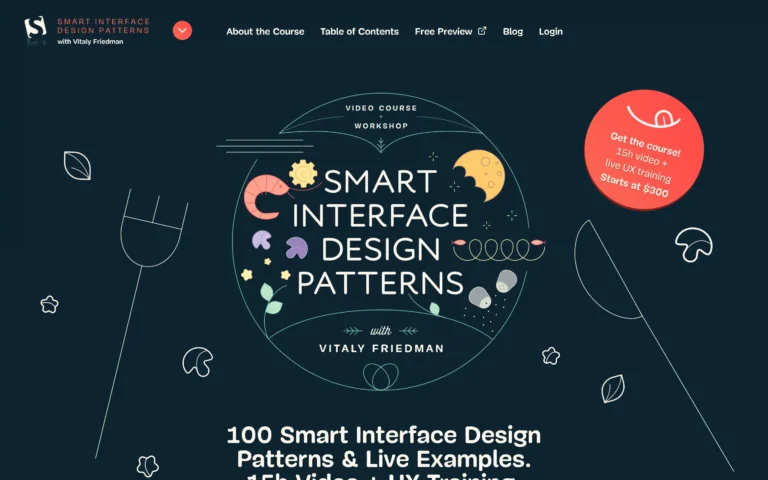Fitts’ Law, formulated by psychologist Paul Fitts in 1954, predicts the time required to move to a target area based on the distance to and size of the target. Traditionally applied to cursor-based interfaces, this model suggests that larger and closer targets are faster to select. However, in the context of touchscreens, the application of Fitts’ Law requires reconsideration.
On touch devices, users interact directly with the screen, eliminating the intermediary cursor. This direct interaction introduces variables such as finger size, touch accuracy, and screen responsiveness, which can affect target acquisition. For instance, while larger targets may seem easier to tap, overly large buttons can be misinterpreted or disrupt the interface’s balance. Similarly, screen edges, which act as “infinitely deep” targets in cursor-based systems, do not offer the same advantage on touchscreens, as users can overshoot these areas.
Designers must consider these nuances when applying Fitts’ Law to touch interfaces. Understanding the unique aspects of touch interaction is crucial for creating intuitive and efficient user experiences.


